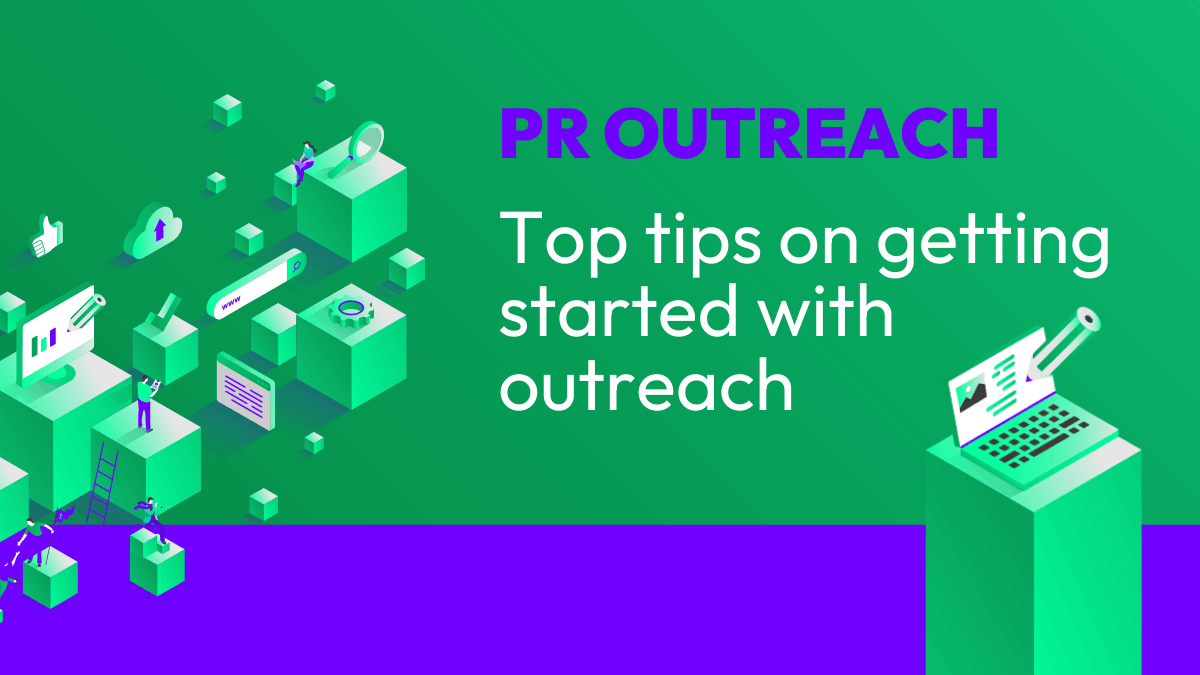I had an incredible time at BrightonSEO last week. It was a privilege to speak and it was, as it always is, so fantastic to catch up with friends and new faces from within the industry.
Here’s a summary of what I covered in my talk on the Habits that Land you Links.
From building links to building habits, mindsets and processes that lead to links
I’m quite too happy to hold my hand up and admit I still love links. I still talk about them, am still happy to acquire them and still pursue them.
They’re still a phenomenally significant ranking factor and will continue to be in the foreseeable. Matt Cutts was recently asked whether Google has a version of its algorithm without link metrics or whether it would consider one. Google confirmed that one does indeed exist internally and that the results are poor.
So for all of their vulnerability to manipulation, link-based signals still improve the search results. Here is the video in which Matt talks about that:
So while Google is investing resources into better and better policing of link signals, it’s highly unlikely that links will stop being a ranking signal any time soon.
But we all know that methods have had to change. We can’t implement these “Hand of God” style link building methods if we want sustainable, long term growth campaigns. And frankly, even though those who are happy to adopt a churn and burn mentality to domains are finding that the window for success with these techniques is getting shorter and shorter and shorter before it catches up.
We’re now, as an industry, moving to an approach of producing amazing things, doing amazing things and being generally awesome. There’s more expectation for us to be real brands and turn our online campaigns into real brand-centric campaigns.
None of this is new information. But doing something about it is harder than just talking about it. These “awesome” link acquisition approaches are much more difficult to scale than some of the older methods that dominated the SEO landscape – the kind of things you can still buy on Fiverr now cheaply. The kind of things that are highly likely to land you with a Google slap.
There’s no master hack or magic formula. But what we’ve done at Tecmark is put into place processes and habits that help us to scale the sort of work that leads to content and projects that leads to a host of benefits – including links. Our processes and habits have been in 3 core areas:
- Ideation
- Asset Generation
- Outreach
Ideation
If the majority of our link acquisition comes through effective content marketing, then you could argue that the biggest challenge that we, as search marketers, the face is ideas generation. There’s this need for a seemingly endless stream of good ideas. But…
The people who come up with the most creative ideas can’t be forced into doing this more quickly or into having more ideas. Creativity isn’t something you can force. But it’s our responsibility as an agency to ensure we can scale the initial ideas generation process. When you have a lot of initial stage ideas, the rest of the process becomes much more straightforward.
We’ve tried several different techniques: verbal brainstorming, crowdsourcing and structured solo ideation sessions. But arguably the most successful has been a more structured and non-verbal approach to brainstorming. This is known as the 3-6-5 method of brainwriting was a method written about back in the 60s by Bernd Rohrbach.
The way it works is this.
- 6 people sit around a table and they’re given a “problem statement.” This problem statement in the context of content marketing is just a loose brief explaining what the session aims to generate ideas for.
- Each of the 6 people has a worksheet with space to write ideas and when round 1 starts, they have (working in silence) 5 minutes to write 3 ideas on their worksheet. Everyone has t write 3 ideas.
- At the end of the 5 minutes round and still working in silence, everyone passes their worksheet to the person on their left.
- Taking inspiration from the 3 ideas on the sheet they’ve just been handed (or using them as a basis to go off on a tangent and come up with something different) each person has another 5 minutes to write another 3 ideas.
- This is repeated until you’ve done 6 rounds. This leaves you with 6 sheets with 18 ideas on each – or 108 ideas in 30 minutes.
It doesn’t matter if some of the ideas are similar. That’s ok. The next challenge is narrowing the ideas down and our first step towards doing this is NUF testing.
What this should then give you is a shortlist of pretty decent ideas that are original enough, useful enough and feasible enough to warrant further investigation and development.
We’ve found this method incredibly effective.
Looking for a digitial PR or link building agency to kickstart your strategy? Get in touch!


